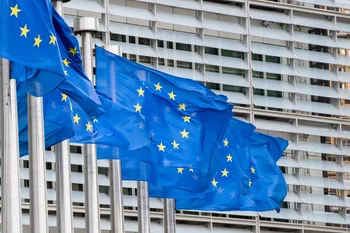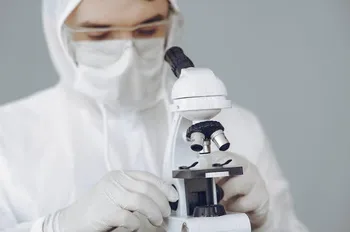According to IEA's Global Hydrogen Review 2023[1], the global hydrogen production in 2022 was dominated by the use of fossil fuels while low-emission hydrogen production was less than 0.7% of the global production. A large number of low-emission hydrogen production projects are under development with projected annual production of up to 38 Mt by 2030. Among these, electrolysers projects dominate and aim at reaching 70% of low-emission hydrogen production. Particularly, Europe announced to account almost 30% of such electrolytic hydrogen projects by 2030 and is focused on projects boosting the supply of low-carbon and renewable hydrogen.
Given hydrogen's potential as a clean energy vector and chemical feedstock, and its applicability across various sectors including transportation, industry, and integration of renewables in the power grid, optimising the efficiency and longevity of electrolysers is of paramount importance. This necessity gives rise to the significance of this topic, aimed at developing advanced materials and/or components for the stack and BoP (Balance of Plant), by understanding and mitigating the degradation mechanisms of low temperature electrolyser components, while at the same time further improving their performance and reducing their reliance on critical raw materials (CRM). By focusing on the development and integration of advanced materials
...


